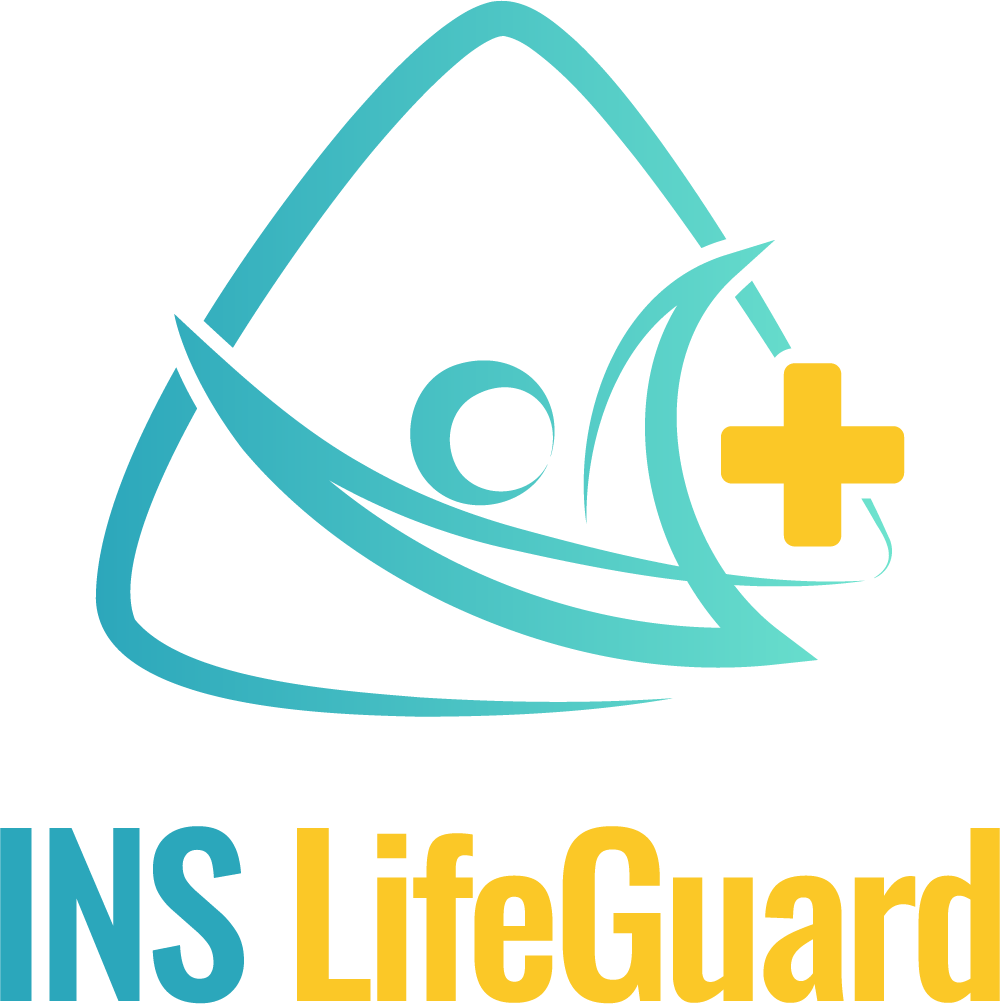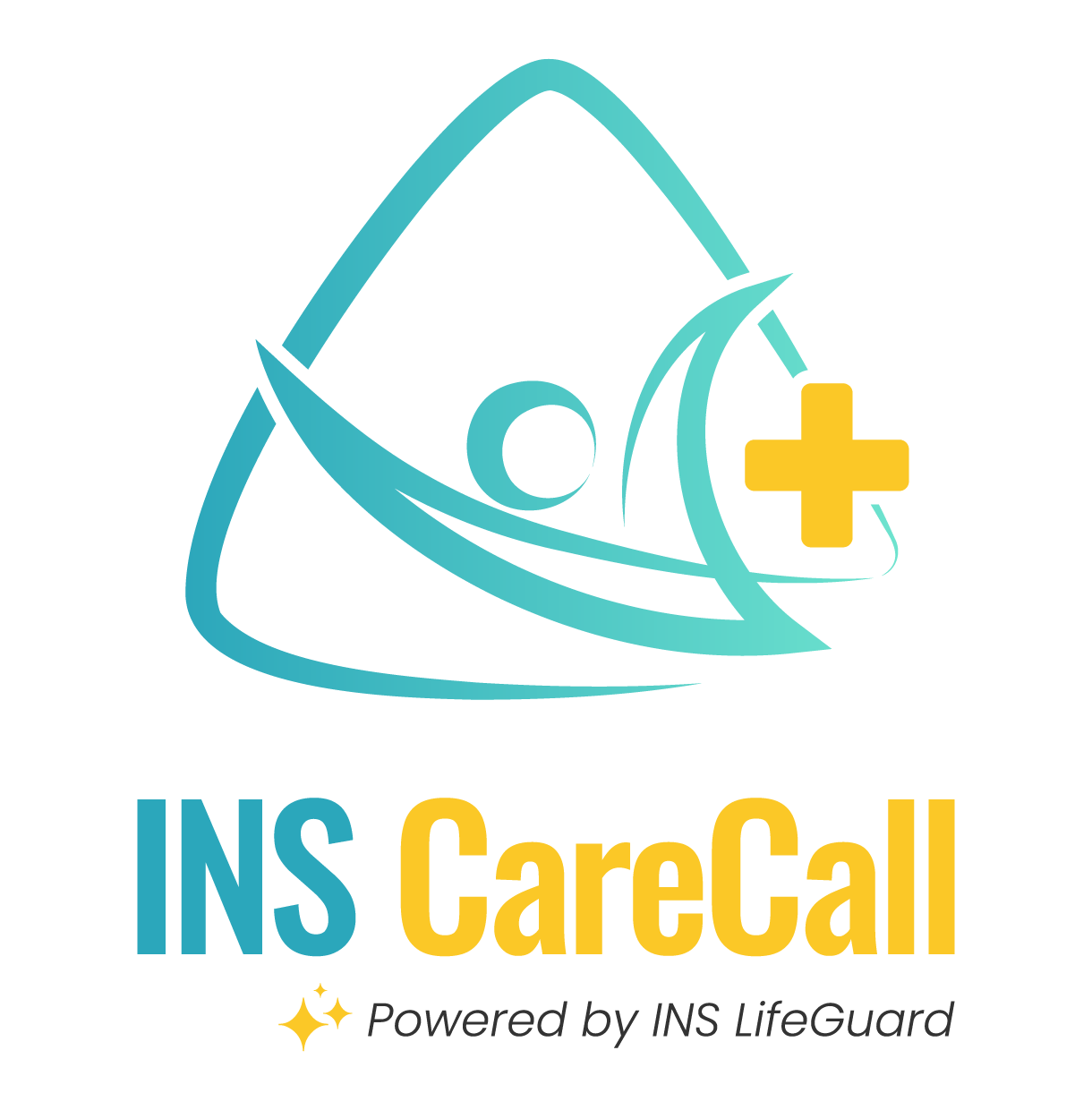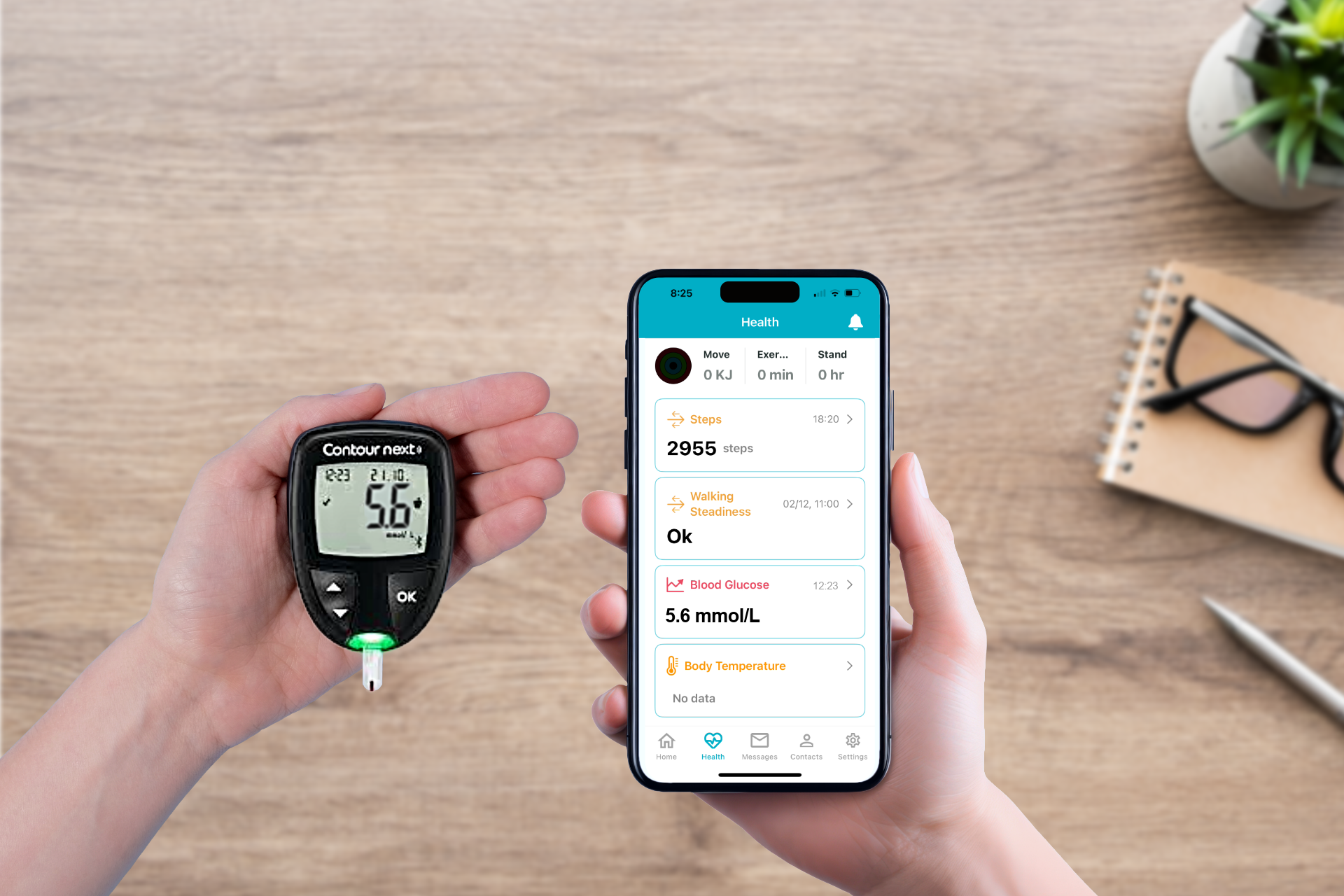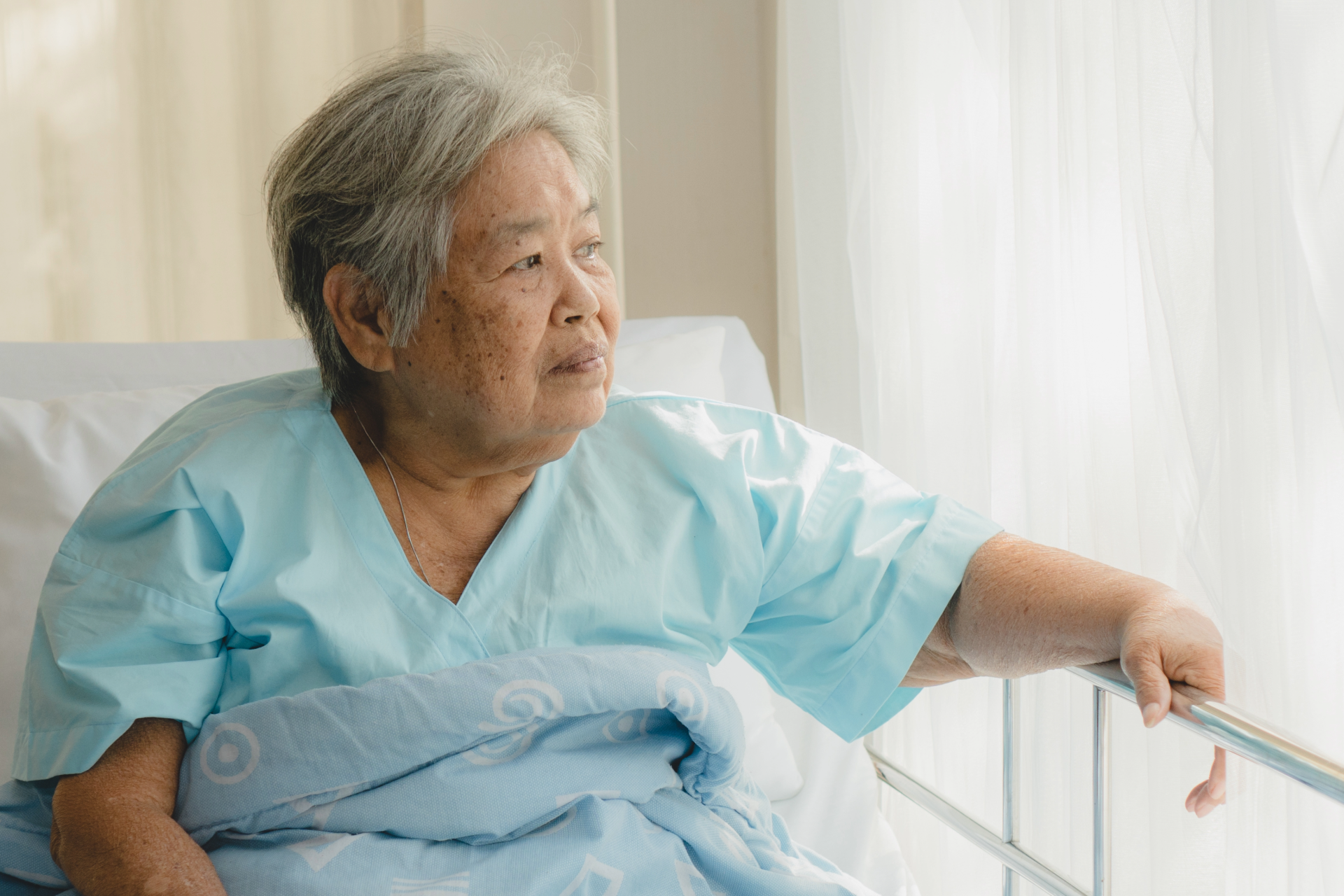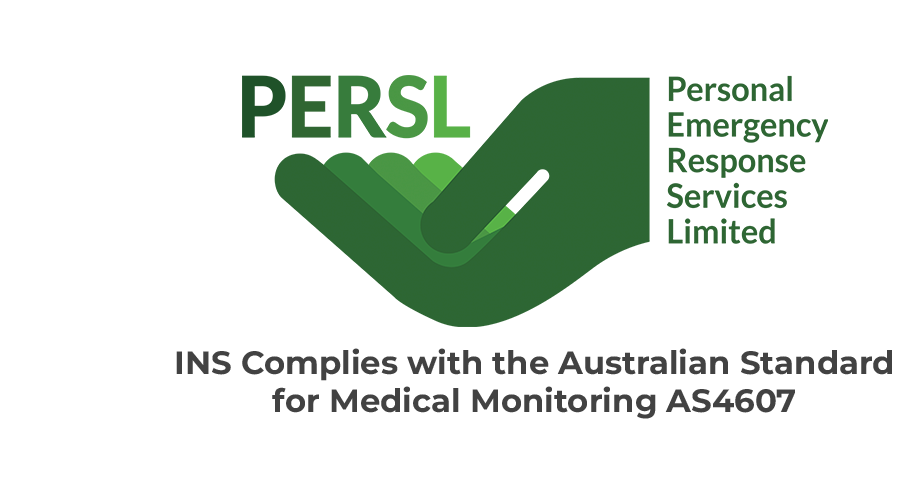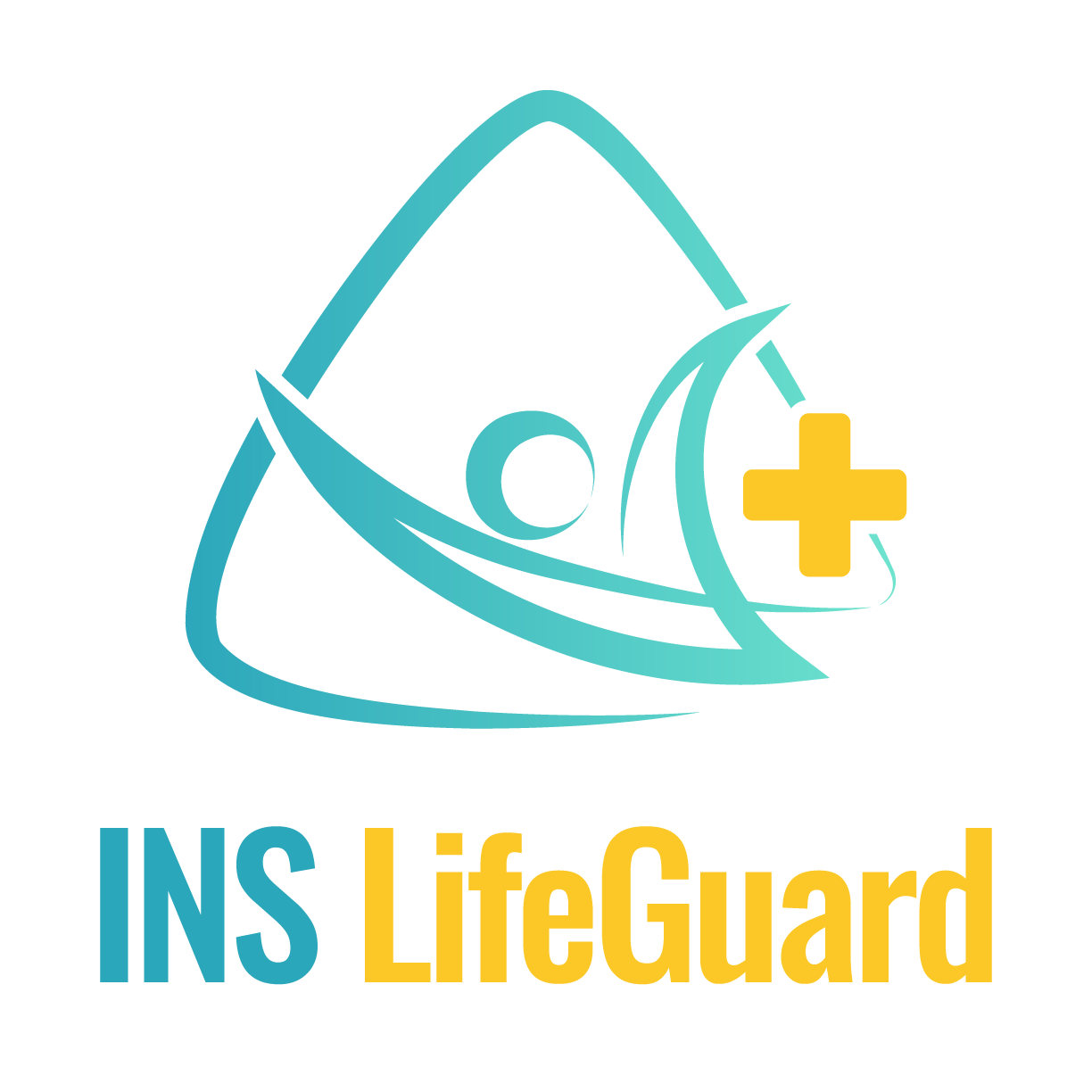Have a Question?
Understanding Leukaemia: Symptoms, Diagnosis, and Treatment Options

Leukaemia is a type of blood cancer that begins in the bone marrow, the soft, spongy tissue at the centre of most bones where blood cells are produced. It develops when abnormal white blood cells form and begin to multiply uncontrollably, crowding out the normal cells that support healthy immune and blood function. These abnormal cells, often called leukaemia cells, are unable to fight infections effectively and disrupt the balance of red blood cells, platelets, and other essential components.
Because leukaemia can progress quickly or slowly, depending on the type, early detection and diagnosis are crucial. The symptoms may vary widely, from fatigue and frequent infections to easy bruising and unexplained weight loss. Treatment options now extend far beyond chemotherapy alone. Advances in stem cell transplantation, targeted therapies, and clinical trials have contributed to better outcomes and improved quality of life for many people affected by this illness.
This article explores the key types of leukaemia, how they are diagnosed, and what treatment approaches are currently used. By understanding the disease more thoroughly, individuals and carers can make informed decisions and access appropriate support along the way.
How Common is Leukaemia in Australia?
Data shows that blood cancers are among the leading death-causing cancers in Australia. In 2021, over 4,700 Australians were diagnosed with leukaemia. While it accounts for just a small percentage of total cancer cases, leukaemia has a major impact due to its aggressive nature and the disruption it causes to the production of healthy blood cells. Some types, such as chronic leukaemia, may progress slowly and initially show mild symptoms. Others, like acute leukaemia, can develop rapidly and require urgent treatment.
The rise of diagnostic tools and greater awareness has led to earlier detection of abnormal blood cells, which improves treatment outcomes. However, survival rates still depend on the type of leukaemia, age at diagnosis, and how early the disease is found.
Types of Leukaemia: Classification and Key Traits
Leukaemia starts with changes in white blood cells or the key defenders in the immune system. These cells begin to behave abnormally and multiply too quickly, often crowding out normal blood cells and disrupting healthy function. The result is a lowered ability to fight infections, reduced oxygen transport (due to fewer red blood cells), and impaired clotting from reduced platelets.
There are four main types of leukaemia. Each one behaves differently and affects people in different ways.
Acute Myeloid Leukaemia
Acute Myelogenous Leukaemia (AML) starts where blood cells are made. It affects myeloid cells, which normally become red blood cells, platelets, and some types of white blood cells. In AML, these cells don’t mature properly. Instead, they multiply quickly and fill up the bone marrow, leaving little room for healthy cells.
People with AML often feel very tired, bruise easily, and get frequent infections. The symptoms can come on suddenly, and treatment usually needs to begin right away. AML is more common in older adults, and treatment often includes chemotherapy and sometimes a stem cell transplant.
Acute Lymphocytic Leukaemia
Acute Lymphocytic Leukaemia (ALL) affects lymphoid cells, which are meant to become lymphocytes: a type of white blood cell that helps fight infection. In ALL, these cells stay immature and multiply rapidly. They can spread to other parts of the body, like the brain, liver, and lymph nodes.
It is most common in children, but adults can get it too. Symptoms may include fever, bone pain, swollen glands, and feeling very tired. Treatment usually involves several phases of chemotherapy, and sometimes targeted therapy.
Chronic Lymphocytic Leukaemia
Chronic Lymphocytic Leukaemia (CLL) is a slow-growing type of leukaemia that affects mature lymphocytes. These cells build up over time and don’t work properly. CLL often doesn’t cause symptoms at first, and many people don’t need treatment right away.
When symptoms do appear, they may include swollen lymph nodes, fatigue, and frequent infections. CLL is more common in older adults. Doctors often monitor the disease closely and begin treatment only when it starts to cause problems.
Chronic Myelogenous Leukaemia
Chronic Myelogenous Leukaemia (CML), also called Chronic Myeloid Leukaemia, begins in the myeloid cells and develops slowly. It’s often found during routine blood tests before any symptoms appear. Over time, CML can progress to a more aggressive phase if not treated.
Symptoms may include night sweats, weight loss, and an enlarged spleen. A special genetic change called the Philadelphia chromosome is found in most people with CML. Treatment often includes targeted therapy, which can help control the disease and allow people to live well for many years.
How Does Leukaemia Develop?
When healthy blood cells stop behaving normally, something deeper may be going on. If you or someone you care about is experiencing frequent infections, bruising easily, or persistent fatigue, these may be more than just everyday symptoms.
This free guide explains how leukaemia begins at the cellular level, starting in the bone marrow
and how it silently grows by producing abnormal white blood cells. Learn what causes this cancer to take hold and how it interferes with your immune system.
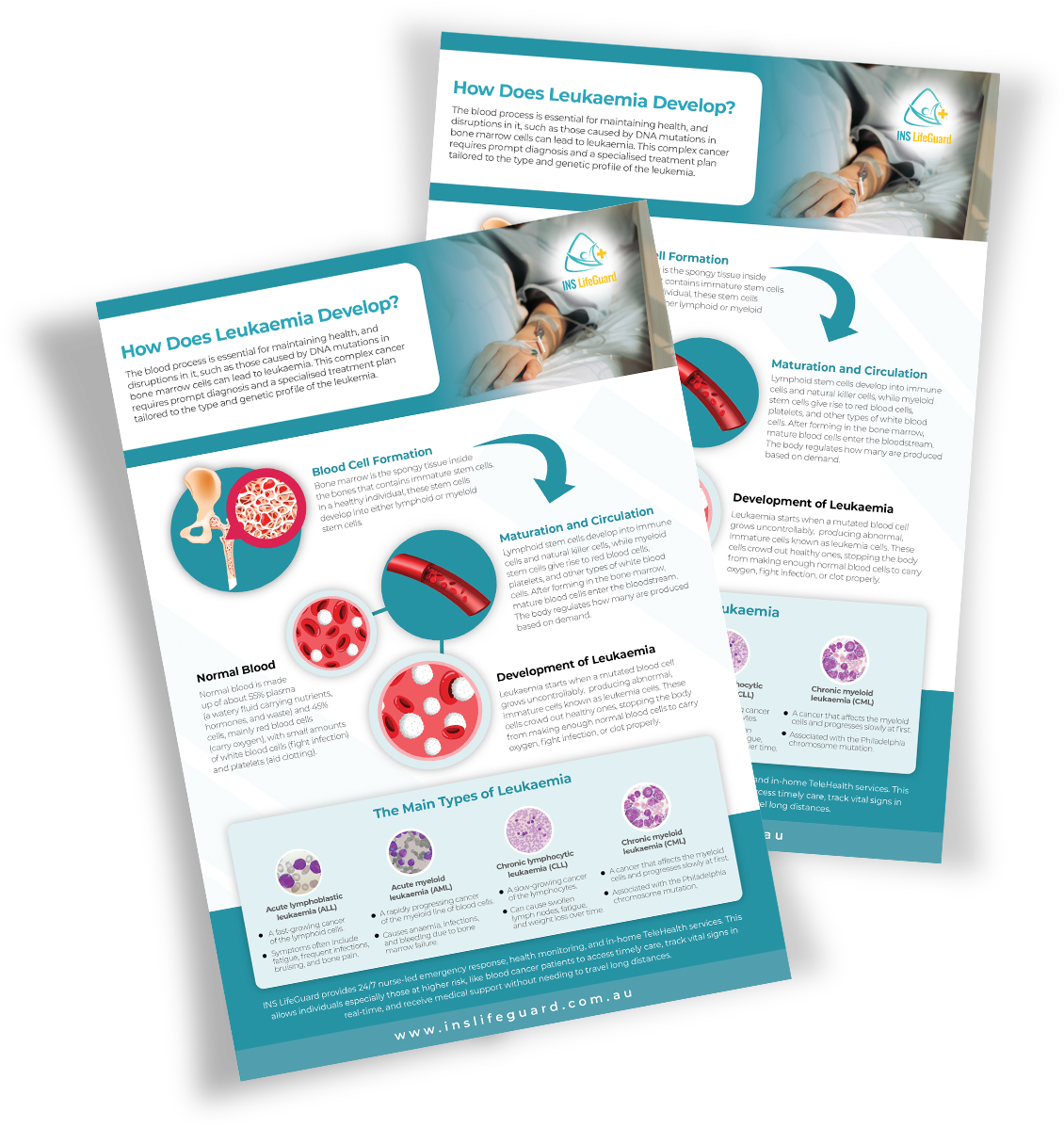
Signs and Symptoms of Leukaemia
Because leukaemia impacts blood function, its symptoms can vary widely. Some individuals experience vague symptoms such as tiredness or recurring infections, while others may notice more specific warning signs.
Common symptoms include:
Fatigue and Weakness
Persistent tiredness is a common early sign of leukaemia, often caused by anaemia. As abnormal cells overcrowd the bone marrow, fewer healthy red blood cells are made—reducing oxygen flow and leading to fatigue, weakness, dizziness, and trouble concentrating.
Fever or Frequent Infections
Although leukaemia causes excess white blood cells, many are immature and don’t fight infection properly. This weakens the immune system, leading to frequent infections and unexplained fevers especially in acute myelogenous leukaemia and CLL.
Bruising or Bleeding Easily
Low platelet counts can cause easy bruising, nosebleeds, bleeding gums, or blood in urine/stool. This happens when leukaemia crowds out healthy blood-clotting cells in the bone marrow.
Bone or Joint Pain
Leukaemia cells can build up in the bone marrow, causing pain in the legs, hips, arms, or back. The pain may be dull or sharp and is more common in acute forms like AML.
Swollen Lymph Nodes, Liver, or Spleen
Enlarged lymph nodes may appear as painless lumps in the neck, armpits, or groin. The liver or spleen may also swell, causing abdominal discomfort especially in CLL and CML.
Weight Loss or Loss of Appetite
Unexplained weight loss or appetite changes may be due to an enlarged spleen or the body burning more energy to fight the disease. It’s a common sign in both acute and chronic leukaemia.
Shortness of Breath or Paleness
Anaemia caused by leukaemia can lead to shortness of breath during mild activity and noticeable paleness, due to reduced oxygen levels in the body.
Tiny Red Spots on the Skin (Petechiae)
Petechiae are small red or purple spots from bleeding under the skin, often on the legs or in the mouth. They’re a sign of low platelet levels and appear early in acute leukaemia.
Heavy Night Sweats
Excessive night sweats, unrelated to heat, are triggered by immune system changes and inflammation. This is a common symptom in slower-growing types like CML.
Blood Tests and Leukaemia Diagnosis
Not every person will experience all symptoms, and they may be confused with other health issues. That’s why thorough medical evaluation is essential for early diagnosis.
Early diagnosis is essential for improving treatment outcomes. Diagnostic procedures generally begin with a complete blood count (CBC), which can identify:
- Low or high white blood cell levels
- Immature blood cells
- Reduced red blood cells or platelets
Additional assessments may include:
- Specialised blood tests to measure cell structure and function
- Bone marrow biopsy to investigate cellular abnormalities
- Genetic screening to identify genetic abnormalities and certain genetic disorders
- Imaging or spinal fluid analysis to detect spread to the central nervous system
Classification systems such as the World Health Organization classification and the National Cancer Institute help clinicians categorise leukaemia types and determine appropriate interventions.
Environmental and Lifestyle Risk Factors
While most cases of leukaemia are not directly caused by lifestyle, certain external exposures may increase the risk, including:
- Radiation exposure: High levels of radiation, such as from radiation therapy or nuclear accidents, have been linked to increased rates of acute leukaemia.
- Chemical exposure: Long-term exposure to chemicals like benzene (found in petrol, cigarette smoke, and some industrial solvents) has been associated with a higher risk of acute myelogenous leukaemia.
- Certain chemotherapy drugs: People who have undergone chemotherapy for other cancers may develop leukaemia as a secondary cancer years later.
- Smoking: Tobacco smoke contains known carcinogens that may increase the risk of developing leukaemia, especially AML.
Age, Sex, and Family History
- Age: Most types of leukaemia are more common in older adults. For instance, chronic lymphocytic leukaemia mostly affects people over the age of 60.
- Sex: Leukaemia is slightly more common in males than females.
- Family history: While most leukaemia cases are not inherited, having a close relative with leukaemia may slightly increase your risk, particularly in chronic leukaemia.
Pre-existing Blood Disorders and Genetic Conditions
Some people develop leukaemia after having other blood cell disorders or inherited genetic conditions, including:
- Myelodysplastic syndromes (a group of disorders affecting bone marrow function)
- Down syndrome (increased risk of acute leukaemia in children)
- Li-Fraumeni syndrome and other rare inherited conditions
Is Leukaemia Hereditary?
Most cases of leukaemia are not hereditary. In other words, they don’t typically run in families or get passed down through generations. The majority of people who develop leukaemia have no family history of the disease. Furthermore, the cause is often due to genetic mutations that occur randomly in the bone marrow as blood cells form. These changes lead to the production of abnormal white blood cells that crowd out healthy cells and disrupt normal blood function.
However, certain genetic and inherited factors may increase a person's risk of developing leukaemia, even if they don’t directly cause it. These are more likely to play a role in rare cases of childhood or early-onset leukaemia, or in people who develop multiple cancers across their lifetime.
Can Leukaemia Be Prevented?
There is no guaranteed way to prevent leukaemia. However, certain lifestyle and environmental factors may reduce your risk, particularly for types like acute myelogenous leukaemia and chronic myelogenous leukaemia.
Steps that may help lower your risk include:
- Avoid exposure to benzene (found in petrol, cigarette smoke, and industrial solvents)
- Do not smoke, as tobacco increases the risk of several blood cancers
- Limit exposure to high levels of radiation, where possible
- Use protective equipment if you work with chemicals or hazardous materials
- Maintain a healthy lifestyle to support your immune system and overall wellbeing
- Know your medical and family history, especially if you've had prior chemotherapy or inherited conditions linked to leukaemia
While these steps can't eliminate your risk, they may reduce your chances of developing certain types of leukaemia.
Treatment Options for Leukaemia
Treatment for leukaemia depends on several factors, including the type of leukaemia, how far it has progressed, a person’s age, and overall health. The main goal is to destroy abnormal cells, restore healthy blood production, and manage any complications caused by the disease.
Chemotherapy
Chemotherapy is one of the most common treatments for leukaemia. It uses strong medicines to kill abnormal white blood cells and stop them from multiplying. In acute leukaemia (such as acute myelogenous leukaemia and acute lymphocytic leukaemia), chemotherapy is often started immediately and given in multiple phases: induction, consolidation, and sometimes maintenance. In chronic leukaemia, it may be used when the disease becomes more active.
Targeted Therapy
Targeted therapy is designed to block specific proteins or genes involved in leukaemia cell growth. For example, people with chronic myelogenous leukaemia are commonly treated with tyrosine kinase inhibitors (TKIs), which target the abnormal BCR-ABL gene caused by the Philadelphia chromosome. This approach allows doctors to attack abnormal cells while leaving most healthy cells unharmed.
Immunotherapy
Immunotherapy helps the body’s immune system recognise and attack abnormal white blood cells. One example is CAR T-cell therapy, where a patient's T-cells are modified to target leukaemia cells. This approach is most often used in cases where standard treatments have failed, especially in certain types of acute lymphocytic leukaemia.
Radiation Therapy
Radiation is sometimes used to treat leukaemia that has spread to the brain, spinal cord, or other parts of the body. It may also be used before a bone marrow transplant to help destroy any remaining unusual blood cells and prepare the body for healthy donor cells.
Bone Marrow (Stem Cell) Transplant
A transplant may be recommended for patients with aggressive or relapsed leukaemia. This treatment replaces damaged or diseased bone marrow with healthy stem cells, either from the patient (autologous) or a donor (allogeneic). It allows the body to rebuild a healthy blood cell system.
Watchful Waiting (Chronic Leukaemia)
For people diagnosed with chronic lymphocytic leukaemia in its early stages, immediate treatment may not be necessary. Doctors may recommend a "watch and wait" approach, monitoring blood counts and symptoms over time. Treatment begins only if the disease shows signs of progression or starts affecting quality of life.
Supportive Care
Supportive treatments may be given alongside primary therapies to manage symptoms and prevent complications. This can include:
- Blood transfusions for low red blood cells or platelets
- Antibiotics to treat or prevent infections
- Medication to manage nausea or fatigue
- Ongoing monitoring of unhealthy blood cells through blood assessments
- Individualised Care Plans
There is no one-size-fits-all treatment for leukaemia. A haematologist or oncologist will create a plan based on the specific type and the patient’s overall condition. While treatment can be complex, medical research is moving quickly. Clinical trials are leading to new options that weren’t available just a few years ago
When to Act: Emergency Situations in Leukaemia
Although some types of leukaemia progress slowly, there are moments when symptoms become critical and require immediate medical attention.
Emergency symptoms to watch for include:
- Uncontrolled bleeding – such as heavy nosebleeds, bleeding gums, or blood in urine or stool
- High fever and chills – especially if accompanied by confusion, low blood pressure, or rapid heart rate (possible signs of sepsis)
- Severe fatigue or breathlessness – linked to dangerously low red blood cell levels
- Chest pain or rapid breathing – which may signal anaemia-related heart strain or oxygen shortage
- Neurological symptoms – such as seizures, sudden confusion, or vision problems
- Stroke-like symptoms – in rare cases, very high white blood cell counts can thicken the blood and reduce flow to the brain or lungs (a condition called leukostasis)
In these cases, delaying care can be life-threatening. That’s why it’s essential for people living with acute leukaemia or chronic leukaemia to have a plan in place for medical emergencies.
Added Peace of Mind with INS Lifeguard
For individuals managing leukaemia, especially those living alone, recovering at home, or based in rural or regional areas, having access to immediate assistance can make a lifesaving difference. Medical emergencies can happen without warning, and when they do, every second counts.
INS Lifeguard provides professionally monitored medical and personal alarm systems that connect users to 24/7 emergency support at the press of a button. Whether it's a sudden infection, a heavy fall, a drop in blood pressure, or another medical episode, help is just moments away.
These devices go beyond standard alarms. With built-in health monitoring, automatic alerts, and optional check-in features, INS Lifeguard provides extra protection without compromising your independence. Families also gain peace of mind, knowing their loved one has access to a nurse on call any time of the day or night.
To learn more, call 1800 636 040 to speak with a member of the team about which solution is right for your needs.

About
INS LifeGuard is the only 24/7 nurse on-call personal and medical monitoring in Australia. We provide monitoring technology for both in the home and on the go and can also monitor other provider's equipment. Our services are suitable for anyone wanting support to stay independent such as the elderly, those with medical conditions and disabilities plus enhancing safety and security for lone workers.
